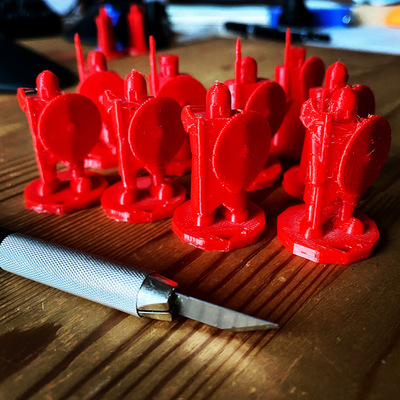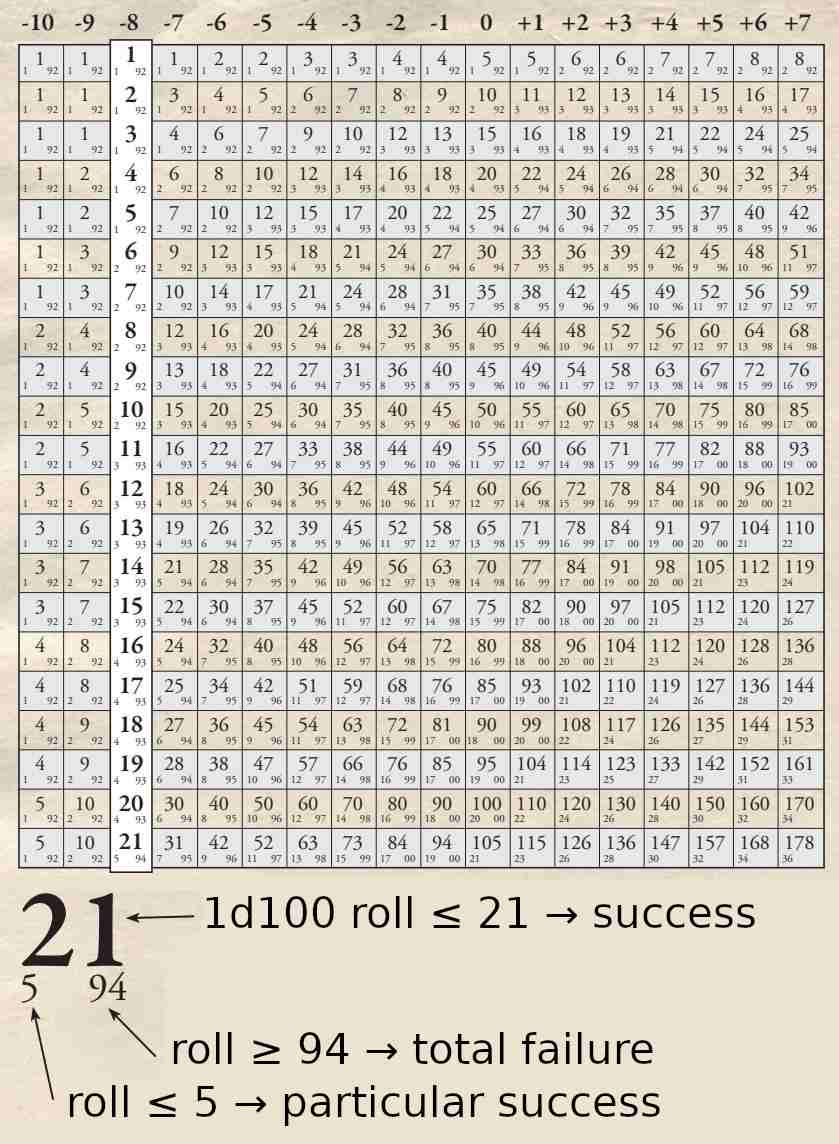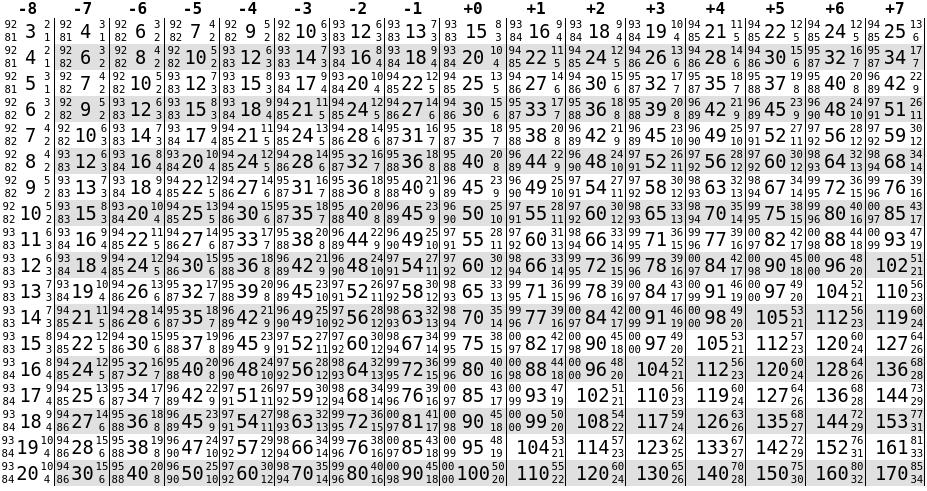
|
Dragon Dream Resolution |
| 2022-09-07 |
Dragon Dream Resolution

Tl;dr Using the resolution table of an old RPG to qualify roll results in the 3-18 scale.
It echoes what is written in Beyond Ability Checks, Beyond Traditional Play
It is not uncommon for a rulebook to introduce itself by its universal resolution procedure. It's become a cliche at this point, so let's say it together: "When your character attempts something difficult or dangerous, [perform procedure] to see whether they fail or succeed."
I see this in action for Rêve de Dragon, abilities and skills are presented, and then, in the second chapter "Spark of Life", the resolution table rises like a monolith, tying abilities and skills against difficulty and circumstances.
The table is the one attached here. I translated the success / particular success / total failure legend. On the abcissa, the modifier, against, the ordinate, the ability score, listed under column -8.
The modifier is meant to be the sum of difficulty modifier (regular +0, easy +1, ...), skill modifier (unskilled -4, skilled +0, ...), and character state modifier (ok +0, tired, -2, ...).
It may easily be used with 3d6 abilities (while Rêve de Dragon is a point allocation system, but I guess it inherits its ability scale from the ancient one), if you have a STR of 12 and the referee determines the modifier is +1, you get a chance of success of 66%.
That is a bit more granular than the 65% we'd get rolling 1d20 + 1 vs (21 - 12), 65%. But the table lookup is slower than going 1d20 + modifier ≥ DC or AC. The cost is too high for the benefit. Are there other benefits? Why the small numbers on the resolution table?
(a benefit might be the immediate graspability of saying "70% chance of succeeding", it could even counter the "roll high" imperative inherited from the ancient one)
If your 1d100 gives you 98 or above, this is considered a total failure, if it gives you 14 or less, it is a particular success. We get a qualification of the result.
The resolution table of Rêve de Dragon lists only three numbers, but the rules introduce significant successes and particular failures. They give a second table to determine them (and also a way to compute them).
I built a full table below with the five numbers in each cell. The two numbers for qualified failure on the left, the success percentage in the center, and the two numbers for qualified success on the right.

Here are a few examples, using this Rêve de Dragon resolution table, in a Dungeons and Dragons context. I don't map for equal probability, I won't dig my hole too far down.
Example 1: a character with a DEX of 10 attempts to throw a stone through a hole in the wall. The characters has a Throw skill of +2 and the referee deems the difficulty is -1. The modifier is thus +1. The table says 1d100 ≤ 55 is a success, ≤ 28 is a significant success, ≤ 11 is a particular success, ≥ 56 is a failure, ≥ 91 is a particular failure, and ≥ 97 is a total failure. If the player rolls a 98, the referee might react saying "your stone hits your friend in the head, roll 1d6 damage..."
Example 2: an opponent with an ascending AC of 15 has a descending AC of 4 (bear with me). A character with a sword attack of +3, hits with 26%, at 6 or less a wound might be inflicted, at 94 or more, the character might lose his weapon or simply expose himself to +3 for the next opponent's attack (improvising here...)
I don't think I convinced myself here. The table lookup is expensive. I'd avoid showing the table to the players, it's too intimidating. Giving them a simple DC and one or two d20s is less play-flow breaking.
Should I need to qualify results, I'd first investigate success margins for the classical "1d20, roll high". Well, again those subtractions are play-flow losing.
